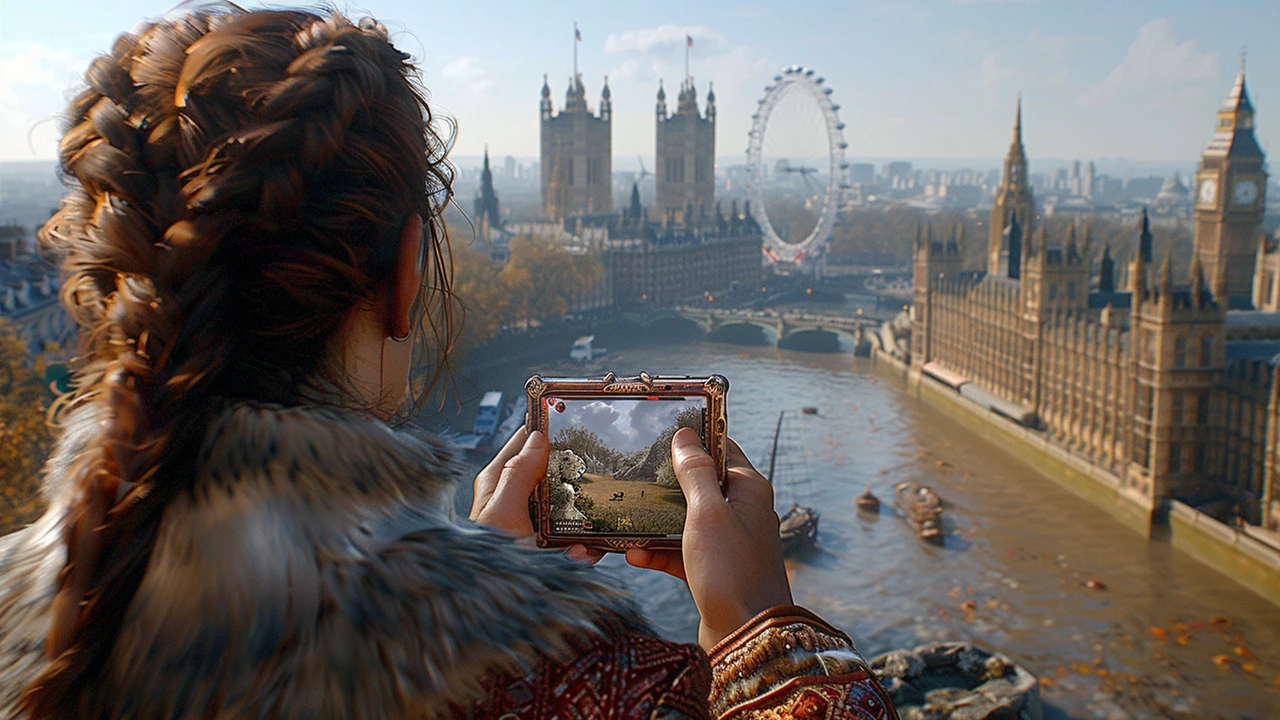What if one small change could boost player engagement by 20%?
Game teams that focus on one clear metric—retention—often see bigger revenue and happier players. Player engagement isn't a vague goal. It's a set of measurable behaviors you can influence every week.
Metrics
Start with three numbers: Day 1 retention, Day 7 retention, and average session length. Track them daily and tie experiments to improvement. If Day 1 is weak, fix onboarding. If sessions are short, add meaningful mid-session goals. Use A/B tests and segment by device before rolling changes live.
Tactics
Onboarding wins are cheap. Cut the long tutorial, show one clear action, reward the first success with coins or a cosmetic. Example: replace a ten-step guide with a 30-second mission that hands a starter skin. Celebrate with sound and a quick popup that explains next steps.
Make it social. Simple features like friend invites, leaderboards, and shared challenges turn solo sessions into community rituals. Push a weekly clan challenge and watch players plan sessions together. Use in-game chat sparingly to avoid toxicity and moderate public spaces.
Design rewards that matter. Daily rewards should scale: small for day one, meaningful by day seven. Offer choices—players value control. Add surprise drops and special events tied to milestones. Avoid pay-to-win: players quit when fairness breaks.
Use AI where it helps: ChatGPT can generate dynamic NPC lines, personalize messages, or reply to player support tickets faster. Keep tone consistent with your game world and test responses before use. A chatbot that sounds off-brand will hurt trust.
Live operations are the biggest lever for short-term engagement. Run daily mini-events, rotating challenges, and limited-time stores. Small surprise events after updates keep players logging in. Use analytics to see which events spike retention and double down.
Make push and email useful, not annoying. Send a reminder when a reward is close or a friend is waiting. Personalize subject lines and keep content short. Test send times—some regions respond better in evenings.
Measure what matters: funnels, churn reasons, and cohort behavior over weeks. Run focused experiments: change one variable, collect data, and roll back if it fails. Track monetization separately so engagement gains aren't just whales spending more.
Balance is simple: monetization should enhance play, not interrupt it. Cosmetic bundles, season passes with clear value, and ad rewards for extra lives work well. Limit ad frequency and avoid forced ads after failure.
Pick one test this week: shorten onboarding, add a weekend event, or tweak reward pacing. Run it for two weeks, watch Day 1 and Day 7, and ship what moves the needle. Small, regular experiments beat big, rare overhauls.
Listen to players: set up quick feedback channels in-game and on Discord. Reward useful bug reports and feature ideas with credits or early access. Use community signals to prioritize the roadmap—if dozens request a feature, it likely pays back. Moderate discussions and highlight helpful players to keep tone positive.
Measure, iterate, and keep player experience front and center every update to win loyalty and revenue growth.
In-Game Ads: Transforming Gaming Experiences Without Killing the Fun
In-game ads are reshaping how both players and studios experience gaming, blending advertising into digital worlds in surprisingly creative ways. Smart ad integration can add realism and even increase revenue without annoying players. This article explains what in-game ads are, how they're being used, and how they could make or break a game's success. Expect practical tips and real-world examples focusing on keeping gameplay fun while generating income. Dive in if you're curious about why your favorite game suddenly has virtual soda billboards—and why that's not always a bad thing.
VIEW MOREMastering In-Game Advertising: Engaging Players Through Entertaining Marketing Strategies
In the evolving landscape of digital marketing, in-game advertising stands out as a pioneering approach that merges entertainment with promotional tactics seamlessly. This insightful article delves into the world of in-game ads, offering a deep dive into how they’ve revolutionized marketing by captivating audiences where they spend a significant portion of their leisure time: within the immersive environments of video games. Discover the ingenious strategies marketers employ to keep ads engaging without disrupting gameplay, the psychological aspects behind player engagement, and the metrics that matter for successful in-game advertising campaigns.
VIEW MORE

